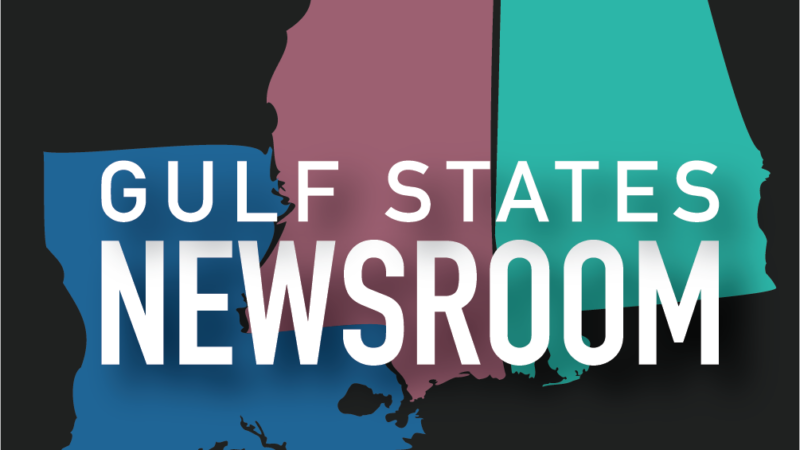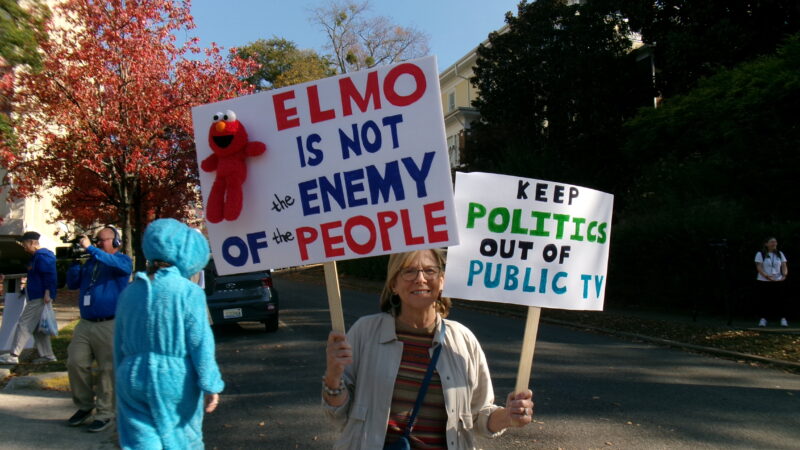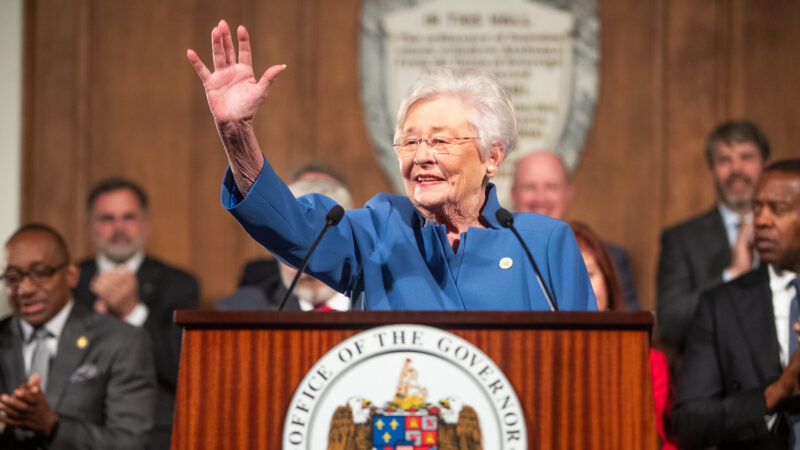Mexico: The cumbia DJs of the streets

This is part of a special series, Cumbia Across Latin America, a visual report across six countries developed over several years, covering the people, places and cultures that keep this music genre alive.
In the middle of the mountains of Monterrey, there is a Colombia chiquita, a Colombia regia, or royal. Monterrey is a city of migrants who came from the countryside to work in this industrial city. Perhaps it is the longing for a past life that connected the migrant neighborhoods of Monterrey to the songs about rural life along the Colombian coast. This is the land of the “sonideros,” DJs who collect cumbia and tropical music records and appeared on the scene in the 1960s. To this day, they bring their equipment to clubs and street parties.




Gabriel Dueñez is one of the best known “sonideros.” His daughter says that at a party, due to the overheating of his equipment, the tempo of a cumbia playing became much slower than normal. Thus, by accident, the cumbia rebajada was born alongside its slow dances, like the gavilán, or hawk, in which people dance hunched down low with their arms spread wide. This new style and the obsession with Colombia would become an urban subculture called Kolombia, and its members “cholombianos.” They borrow Los Angeles’ cholo style from their neighbors to the north.




(Ivan Kashinsky)

In Monterrey, cumbia was considered gang music because it thrived in low-income and migrant neighborhoods called colonias. At its epicenter is the colonia Independencia, or as everyone calls it, “Indepe.” In those times, young people who self-described as gangsters fought for territory, and one of their subversive acts was to tag the walls of the city with the verses of cumbia songs. Maikle Gutierrez lives in La Indepe and sells Colombian records and paraphernalia in front of the iconic Puente del Papa “Pope’s Bridge” where “sonideros” like Dueñez sold cassettes with mixes made at their parties in the ’80s. These recordings included shoutouts to family and friends who’d migrated out of the country. It is rare to enter a sonidero’s house and not find an altar dedicated to Landero, the Binomio de Oro, or the Corraleros de Majagual, as if La Indepe was frozen in time, forever enchanted by the Colombian cumbia of the ’60s and ’70s.



At the turn of this century, organized crime took over the city, increasing violence, especially in the colonias, which were taken over by the cartels. Because of this, many adolescents were recruited and used as cannon fodder. Everything changed. During this dark period in Monterrey, street parties were moved indoors for security. The city was taken over by fear.



After more than a decade of extreme violence, cumbia returned to the streets. “Cholombianos” disappeared due to constant police persecution for wearing baggy pants, Converse and eccentric hairstyles. Many young people who survived the violence of those years are now found at family parties, forever distancing themselves from the streets. Elizabeth Hernandez, a member of Union de Cumbia, says that when she dances, she even forgets she has a boyfriend. She dances as long as her body holds out.

This coverage was made with the support of the National Geographic Society Explorer program.
Karla Gachet and Ivan Kashinsky are photojournalists based in Los Angeles. You can see more of Karla’s work on her website, KarlaGachet.com, or on Instagram at @kchete77. Ivan’s work is available on his website, IvanKphoto.com, or on Instagram at @ivankphoto.
This work was also featured in a video produced in collaboration with editor Alejo Reinoso, and was recognized by the 2025 POY Latam Awards in the multimedia category.
The Gulf States Newsroom is hiring an Audio Editor
The Gulf States Newsroom is hiring an Audio Editor to join our award-winning team covering important regional stories across Mississippi, Alabama and Louisiana.
Judge orders new Alabama Senate map after ruling found racial gerrymandering
U.S. District Judge Anna Manasco, appointed by President Donald Trump during his first term, issued the ruling Monday putting a new court-selected map in place for the 2026 and 2030 elections.
Construction on Meta’s largest data center brings 600% crash spike, chaos to rural Louisiana
An investigation from the Gulf States Newsroom found that trucks contracted to work at the Meta facility are causing delays and dangerous roads in Holly Ridge.
Bessemer City Council approves rezoning for a massive data center, dividing a community
After the Bessemer City Council voted 5-2 to rezone nearly 700 acres of agricultural land for the “hyperscale” server farm, a dissenting council member said city officials who signed non-disclosure agreements weren’t being transparent with citizens.
Alabama Public Television meeting draws protesters in Birmingham over discussion of disaffiliating from PBS
Some members of the Alabama Educational Television Commission, which oversees APT, said disaffiliation is needed because the network has to cut costs after the Trump administration eliminated all funding for public media this summer.
Gov. Kay Ivey urges delay on PBS decision by public TV board
The Republican governor sent a letter to the Alabama Educational Television Commission ahead of a Nov. 18 meeting in which commissioners were expected to discuss disaffiliation.








